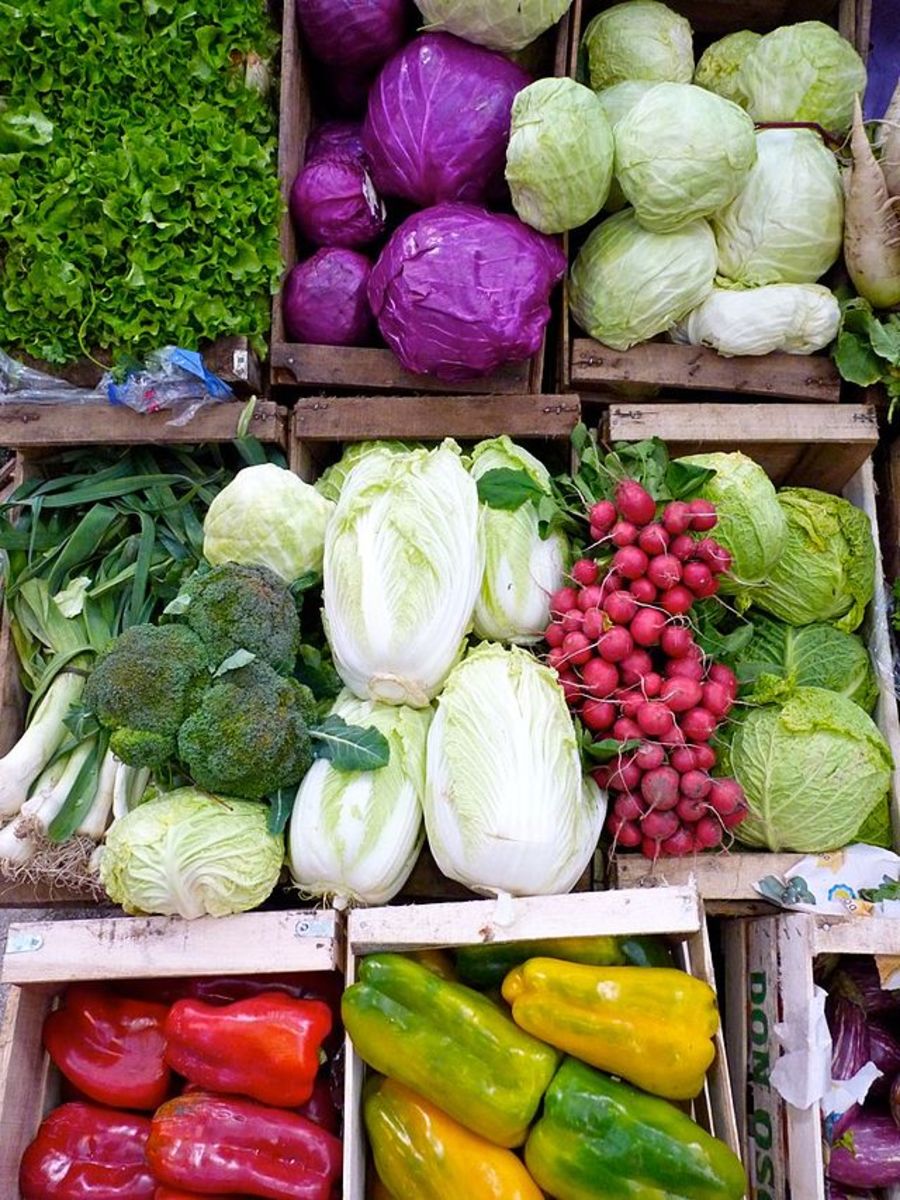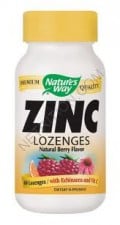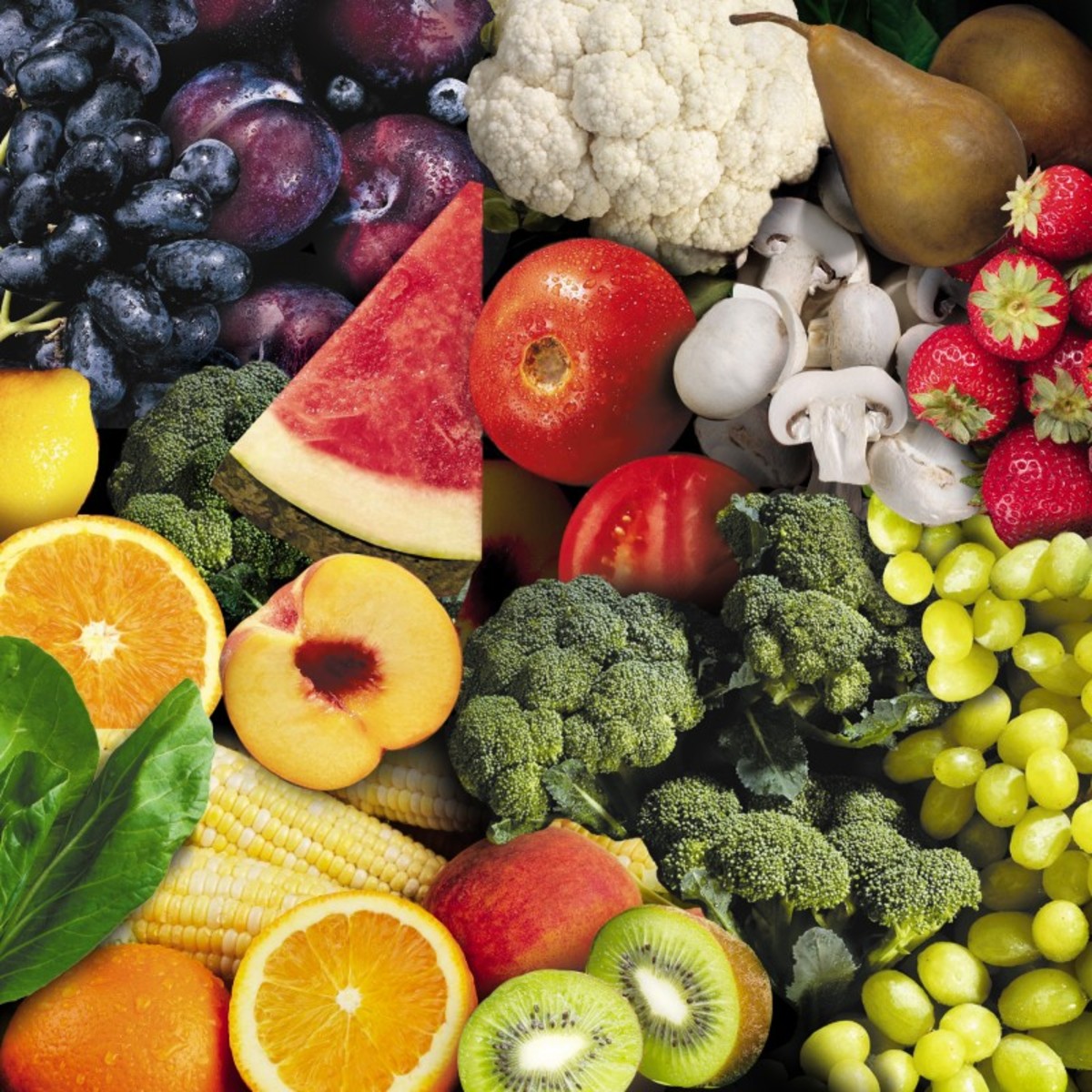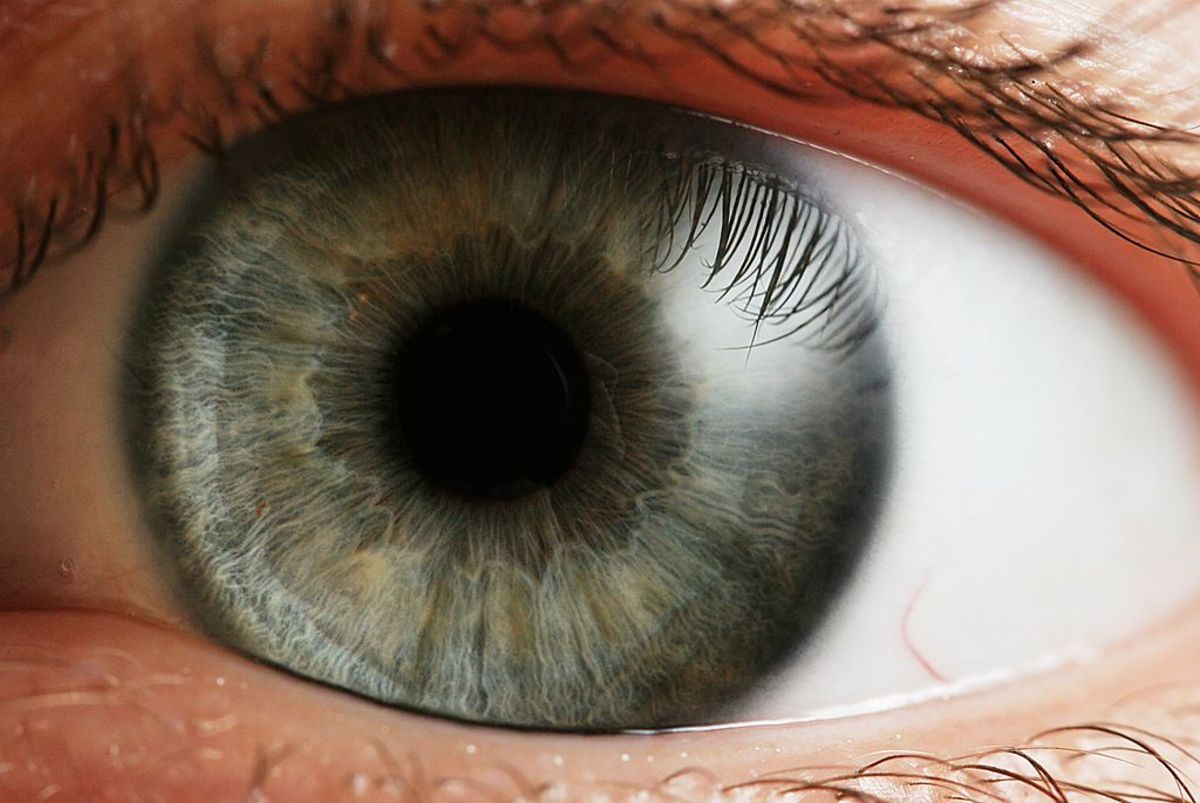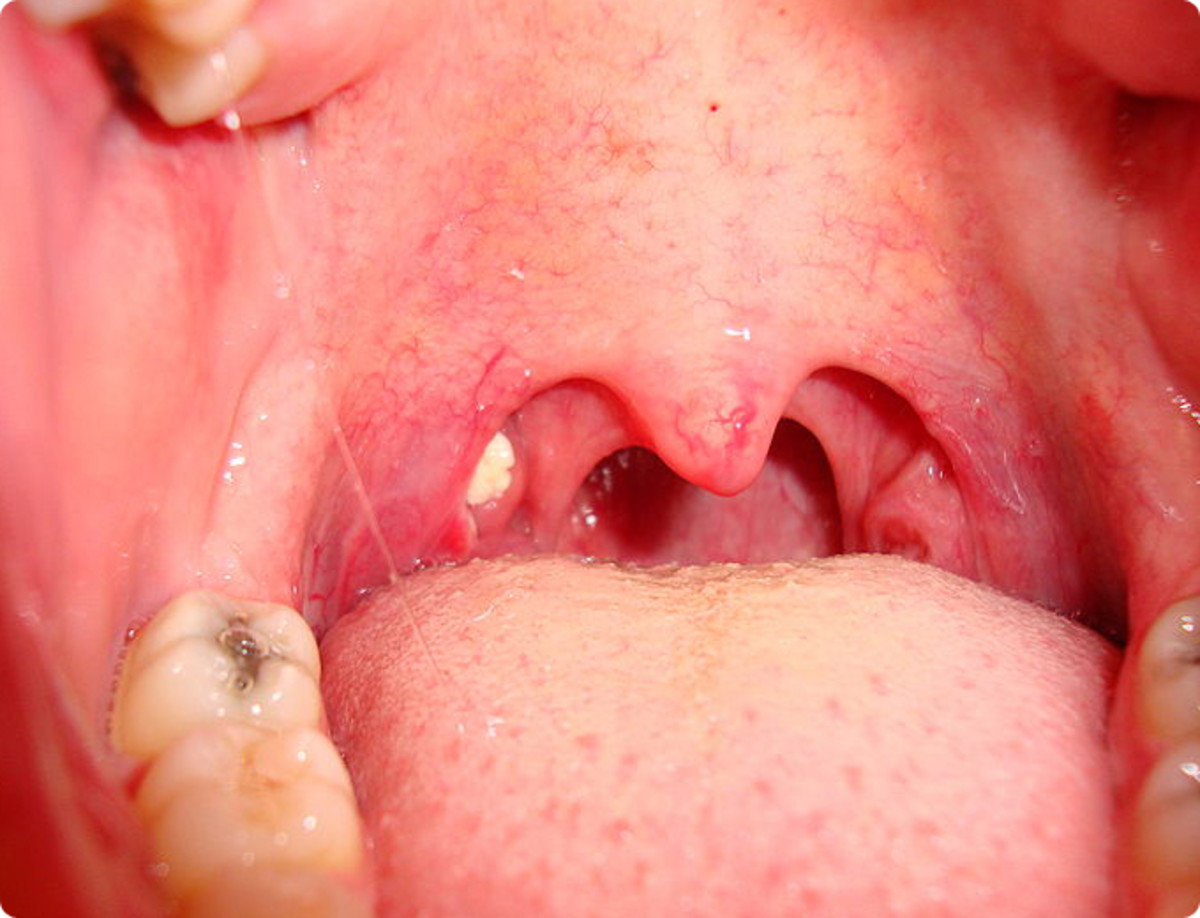Diet and Breathing: A Trio of Medical Studies

Introduction
There are many people who can benefit from better breathing. Certain aspects of breathing limit what we are able to do in terms of physical exertion. Improving specific breathing measurements can alleviate problems associated with various respiratory disorders. Breathing is also an important element of what many musicians—vocalists, brass, and woodwinds—do to make music. In music, breathing specifically affects tone, intonation, dynamics, and phrase length, among other things.
Many people wrongly suppose that breathing measurements are fixed or static—that we are stuck with what we have and there’s nothing we can do about it. However, this is not the case. Although the three primary predictors of lung capacity—age, height, and gender—are obviously beyond our control, medical studies have shown that there are several other factors over which we do have voluntary control that can affect breathing measurements (including lung capacity). Diet is one such factor. A trio of studies published in the journal Thorax, a major peer-reviewed medical journal, reflect the growing body of research focused on this interesting area of breathing.
Dietary Vitamin C and Beta-Carotene
In 1998 a team of researchers in The Netherlands determined the antioxidant intake in a random sampling of more than 6,500 adults. The subjects were subsequently measured for two important aspects of breathing: lung capacity (specifically forced vital capacity, or voluntary lung capacity), and FEVI (forced expiratory volume, or the amount of air a person is able to exhale in one second). What the researchers found was that those with a high intake of vitamin C and beta-carotene had significantly higher measurements in both lung capacity (forced vital capacity) and FEV1. In the words of the authors at the conclusion of the study, “We observed that a high intake of vitamin C and beta-carotene, but not vitamin E, was associated with a higher FEV1 and FVC than a low intake of these antioxidants. This suggests that dietary vitamin C and beta-carotene have a protective effect on lung function” (Grievink, Dietary Intake).
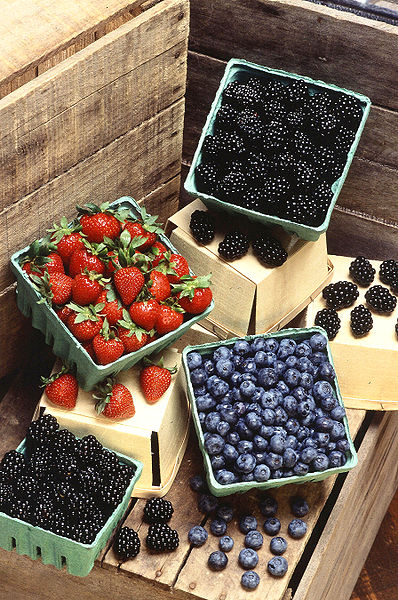
Fruit and Vegetables
Another major study, conducted by researchers in three different European countries, seemed to reinforce the Dutch study, finding that a high intake of fruit and vegetables was positively associated with FEV (forced expiratory volume). Researchers compared dietary data from large samplings in Finland, Italy, and The Netherlands with FEV measurements for the subjects. The results were similar to the 1998 study; in the words of the authors, “After adjustment for all potential confounders, FEV was positively associated with intake of vitamin E in Finland, intake of fruit in Italy, and intake of beta-carotene in The Netherlands.” As in the earlier study, the mechanism for this association between fruit/vegetables and lung function, the authors observe, is a protective effect from antioxidants—or, more specifically, “Antioxidants and foods rich in antioxidants such as fruit are thought to protect the airways against oxidant mediated damage” (Tabak, Dietary Factors).
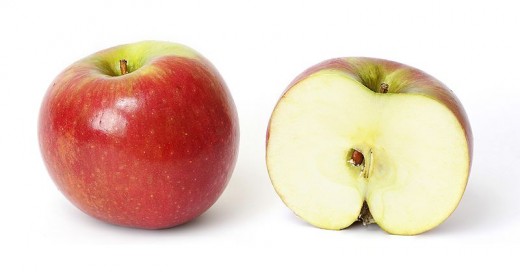
An Apple a Day
Research conducted in 2000 in Wales, also published in the medical journal Thorax, had similar results. Researchers studied more than 2,500 Welshmen and found that increased FEV1 was associated with “high intakes for vitamin C, vitamin E, beta-carotene, citrus fruit, apples, and the frequent consumption of fruit juices/squashes.” Interestingly, the researchers were able to separate out the effects of specific fruits, concluding that apples seem to have a particularly strong affect on FEV1 measurements: “We found a strong cross sectional positive association between the number of apples eaten per week and lung function as measured by maximum FEV1.” They suggest, as the possible reason for this effect from apples, “the antioxidant effects of flavonoids such as quercetin…Quercetin is found in high concentrations in apples, onions, tea, and red wine and may therefore help to explain our findings” (Butland et al, Diet). Other foods rich in the flavonoid quercetin include various berries, such as cranberries (very high), blueberries (high), and strawberries (moderate); for more details on the makeup of these foods, see here.
Conclusions
This body of medical studies strongly suggests that foods containing vitamin C and beta-carotene, particularly apples, have a positive effect on breathing (both how much air we can take in, and how quickly we can exhale). Improving these measurements is likely to be beneficial for certain types of physical activity, respiratory disorders, and musical performance. Of course, there are various additional health benefits to eating fruit and vegetables as well–this is just another reason to eat well!
Sources
Butland, Barbara K., et al. “Diet, lung function, and lung function decline in a cohort of 2512 middle aged men.” Thorax 2000; 55: 102-108 (February).
Grievin, Linda, et al. “Dietary intake of antioxidant (pro)-vitamins, respiratory symptoms and pulmonary function: the MORGEN study.”Thorax 1998; 53: 166-171 (March).
Tabak, Cora, et al. “Dietary factors and pulmonary function: a cross sectional study in middle aged men from three European countries." Thorax 1999; 54: 1021-1026 (November).

